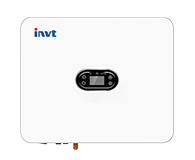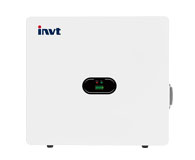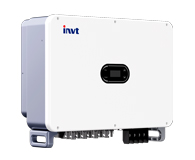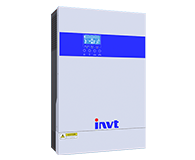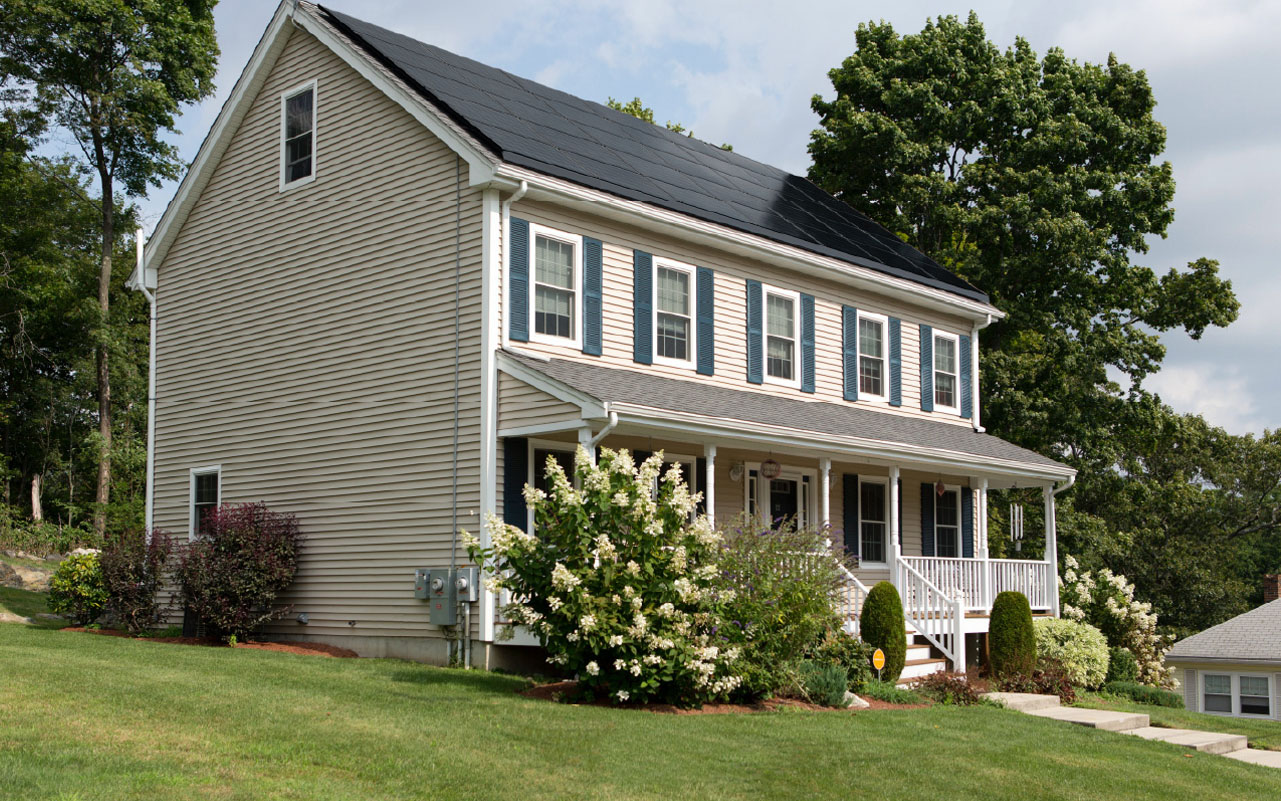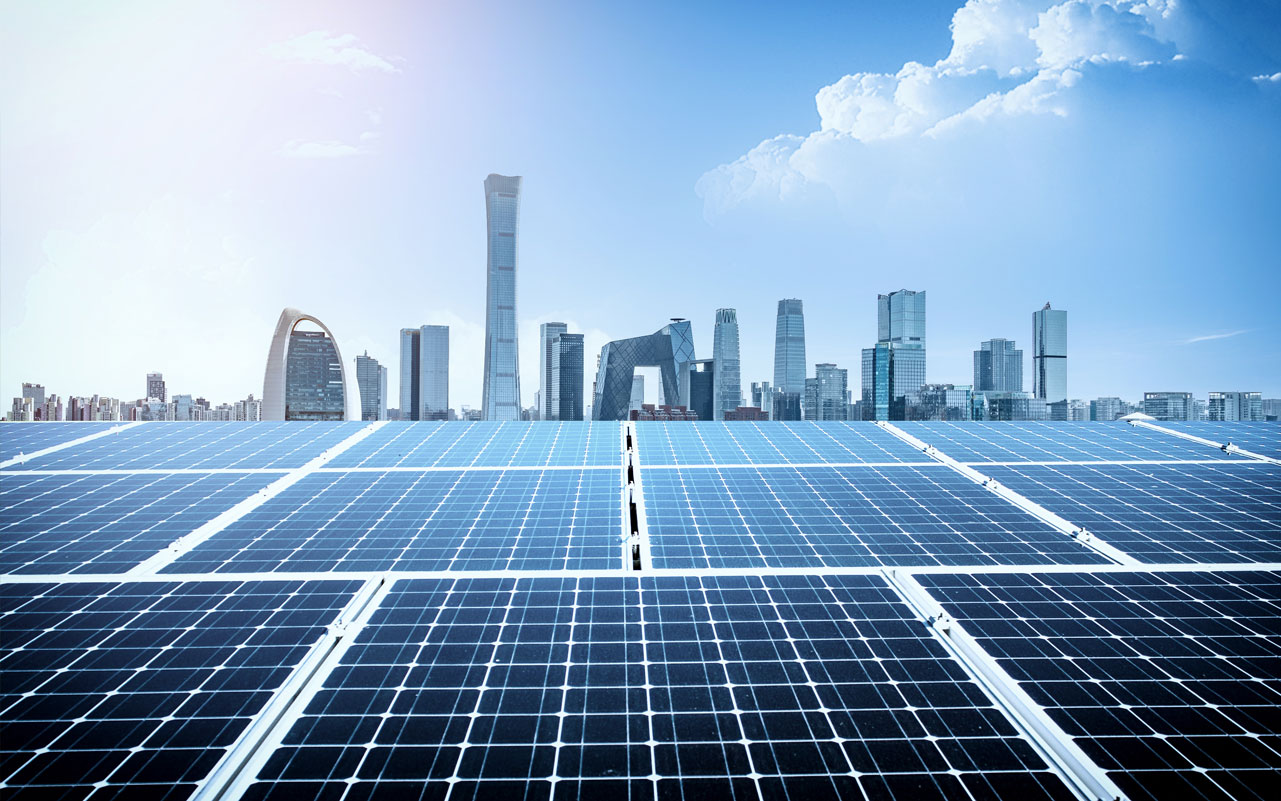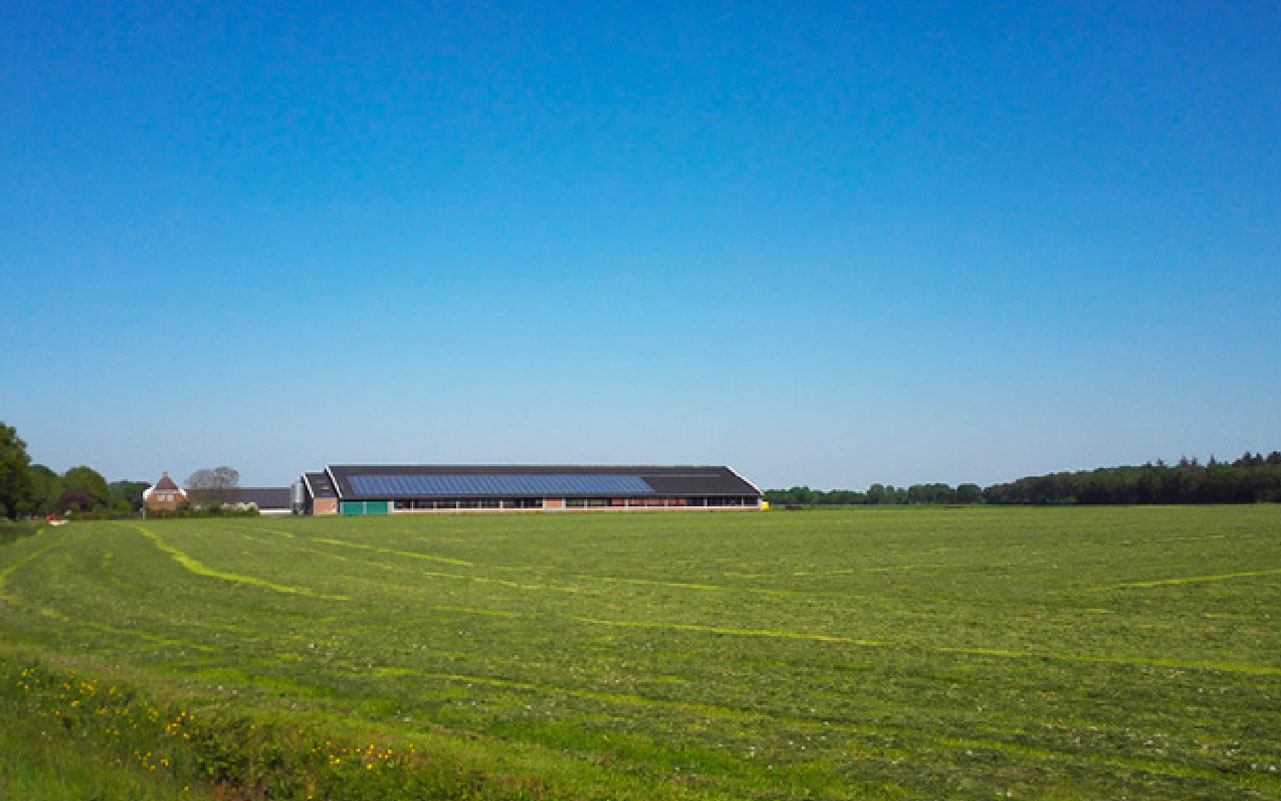Ⅰ. The Selection of Photovoltaic Modules.
Photovoltaic(PV) modules are the energy source of the complete ESS, which essentially determines the power generation quality of the whole system. It is a long upstream PV industry chain which a complete PV module is made from silicon pure to wafer cutting to cell and module processing.
From silicon to wafer, it can be divided into ingot casting for polycrystalline and direct-drawing for monocrystalline according to the process method, and P-type and N-type wafers according to the different chemical elements involved.
With the continuous improvement of wafer cutting (thinner and larger area) and cell (PERC, HIT technology), module (half wafer, stacked tile, multiple main grid, no main grid technology) manufacturing process level, silicon wafer size from the past 156 * 156mm, 168 * 168mm to 182 * 182mm, 210 * 210mm, which means that the power of the module is now bigger. The overall trend is large area, high power, high current, such as industrialized monocrystalline module power up to 630W.p, the current reached 13.69A, module efficiency reached 22.54%.
Modules Classification
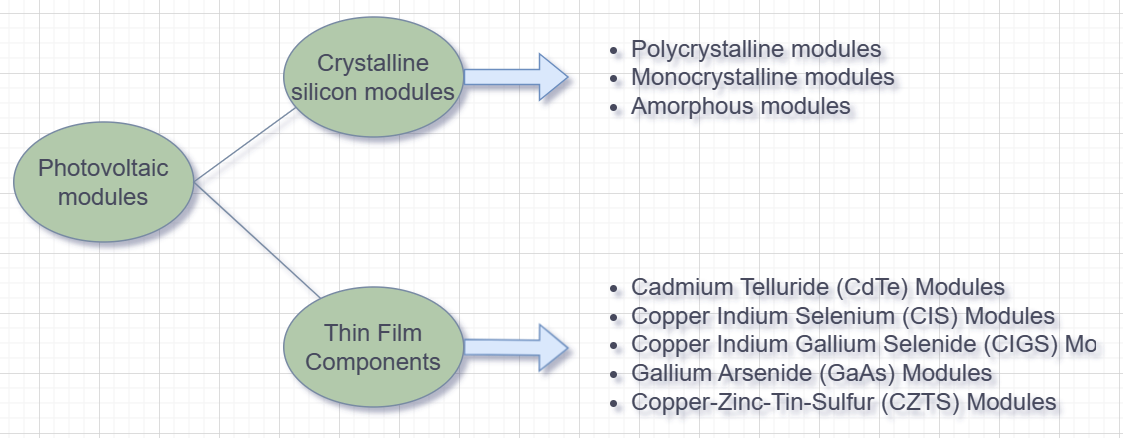
Currently, the most widely used is the crystalline PV module, which is dominated by monocrystalline.
PV Modules Selection Concerns
1. Brand. Try to choose a first-line manufacturers, quality assurance guaranteed.
2. The module attenuation coefficient. Attenuation can be divided into light to attenuation (LID), aging attenuation, and potential-induced attenuation (PID), try to choose a lower coefficient of the brand.
3. Pay attention to the PV module system voltage, open circuit voltage, peak voltage, peak current, maximum power temperature coefficient, open circuit voltage temperature coefficient, short circuit current temperature coefficient.Ⅱ. The Selection of Energy Storage Inverter
The classification of energy storage inverter: hybrid grid-tied integrated inverter, split inverter, AC coupling, off-grid inverter, etc. Here we focus on the INVT BD series BD6KTL-RL1 energy storage inverter as an example to explain the key parameters for the inverter.
DC Input Parameters
1. Maximum power 7kW.
The parameter for this model can be configured for 7kW and below PV module power. In order to make the value coefficient of the equipment tends to 1, it can be reasonably over-provisioned according to the installation area light resources, installation angle, loss, PV module attenuation and other factors. So the over-provisioning is also limited by the branch MPPT module power, so the over-provisioning coefficient is recommended to be considered according to the manufacturer's suggestion, it is recommended that the over-provisioning coefficient should not exceed 1.2.
According to the Pvsyst software simulation, it can be verified that under the best inclination angle, it is recommended not to oversizing in Class I areas, to take factor 1.1 in Class II areas, take factor 1.2 in Class III areas, and take factor 1.3 for horizontal installation or non-south installation. It is important to note that oversizing increases the installed PV capacity of the system and increases the input of DC side power, the output parameters of the inverter are determined by its internal topology, and oversizing is a kind of DC side power to compensate, similar to try to improve the functional factor of the equipment at a certain cost1.3.
The parameter is the maximum value of the string series voltage for this model, that is, the voltage of the module after series connection should be <500V. Once it exceeds 500V, the PV inverter will have over-voltage alarm in the case of low temperature radiation, because the voltage and temperature of the module show a negative linear relationship.
3. Start-up voltage 125V.
This parameter is the voltage threshold for this model, start and stop. In the morning, under the low light condition, the PV string voltage input to the inverter is >125V, then the inverter turns on and works, in the evening, the PV string voltage input to the inverter is <125V, then the inverter stops working.
4. MPPT voltage range 125-500V.
This parameter is MPPT voltage range for this model. The definition of MPPT is a technical control logic based on I-V curve, Ohm's law: P = I * U, to make the P value tends to the maximum, try to make the I and U value tends to the maximum. The role of is to find the balance point, so that each road MPPT output power tends to the maximum possible. MPPT is to find the balance point, so that each MPPT output power as much as possible to maximize. When the string series calculation is carried out, the string voltage should be within this interval.
This parameter is the maximum value of string input current for this model, and the current should be ≤14A after the components are connected in series.
The number of MPPT for this model is 2, each MPPT module can access 1 string, the total reasonable PV DC input branch is 2 strings.
AC Output Parameters.
This parameter means the maximum apparent power of this model is 6kVA. inverter power factor is 0.8, then the actual output active power is 6*0.8=4.8, then the actual can take 4.8KW resistive load.
The output current limit is 26A for this model, you could choose the AC cable cross section according to this value.
This parameter for this model, refers to the equipment can achieve the maximum output power of 6kVA. that is, in general, the maximum load ≤ 6kVA.
This parameter is the voltage level of 230V (single-phase) for this model to connect to the grid.
Battery Parameters.
1. Battery voltage range 40V-58V.
This parameter for this model refers to the PACK battery access battery voltage range, to be in the range of 40V-58V.
2. Maximum charging voltage 58V.
This parameter is for this model, it means that the maximum value of charging voltage of PACK battery by energy storage inverter is 58V.
3. Maximum charging current 95A, discharging current 62.2A.
This parameter is the maximum charging current of this model inverter to PACK battery is 95A. 6kW inverter, PACK battery needs to run up to 64V to reach 95A current, the battery voltage range of this inverter is 40V-58V, so it can't reach the maximum charging current of 95A and discharging current of 62.2A. Therefore, the equipment is reliable and stable when operated at this value. The size of the charging and discharging current requires the communication interaction between the energy storage inverter and the PACK battery BMS, depending on the adjustment of the respective parameter protection values. The maximum current is not the current for long-term operation, but is mainly affected by the adjustment value of the BMS battery SOC, etc.
This is refers to the type of electrochemical batteries that can be accessed for this model.
Emergency Power Supply (EPS).
1. Maximum output power 6KVA.
This is refers to the emergency power supply interface under the maximum drive load 6kVA for this model.
2. Automatic switching time <20ms.
It’s refers to the switching time of PV power supply branch, utility power supply branch and battery power supply branch for this model.
Other parameters of the inverter are detailed in the user manual. BD 3-6kW-RL1 Single-phase Hybrid Solar Inverter (invt-solar.com)
Energy Storage Inverter Selection Concerns.
1. Application mode.
According to the use scenario: hybrid grid-tied integrated inverter, split inverter, AC coupling, off-grid inverter.
2. Installation and application environment.
The installation environment mainly considers the installation space, weight, size and installation method of the equipment. Application environment such as ambient temperature, humidity, dust, electromagnetic interference, these influencing factors to focus on the device IP protection level and anti-electromagnetic interference degree.
3. Electricity environment.
According to the electricity consumption, the grid-connected level of the energy storage inverter is reasonably selected. Electricity consumption environment: such as grid stability, electricity cost, household electricity consumption, overload capacity requirements, etc.
Ⅲ. The Selection of Energy Storage Battery
Currently, the two types of batteries commonly used in household ESS are lead-acid batteries and lithium batteries. At the early stage of the development of household ESS, it is difficult to maximize the benefits of household ESS due to the technology and cost of lithium batteries, and there are more lead-acid batteries for household ESS. At present, with the development of lithium battery technology and the reduction of cost, the cycle number is improved, and recently, the application of lithium battery has far exceeded the proportion of lead-acid battery. Compared with lead-acid batteries, lithium batteries have the advantages of high efficiency, long cycle life, accurate battery data and high consistency.
Related battery parameters horizontal comparison:
|
Parameters |
Lead-acid batteries |
Lithium iron phosphate batteries |
Ternary lithium battery |
|
Energy density of electric cell (wh/kg) |
35 |
160 |
240 |
|
Cost (CNY/wh) |
0.7 |
0.9 |
1 |
|
Charge/discharge multiplier |
<0.3c |
<3c |
<4c |
|
Number of system cycles |
About 2000 times |
About 6000 times |
About 6000 times |
|
Charge & discharge depth |
About 50% |
Around 90% |
Around 90% |
|
Advantages |
Low price, good safety |
High energy density, good safety |
High energy density, good safety |
|
Disadvantages |
Low energy density |
Poor low temperature performance |
Poor low temperature performance |
INVTSolar BD series household energy storage products support lead-acid battery and lithium battery access, and clients could select reasonably according to the application scenario.
BD 8-12kW-RH3 Three-phase Hybrid Solar Inverter (invt-solar.com)

